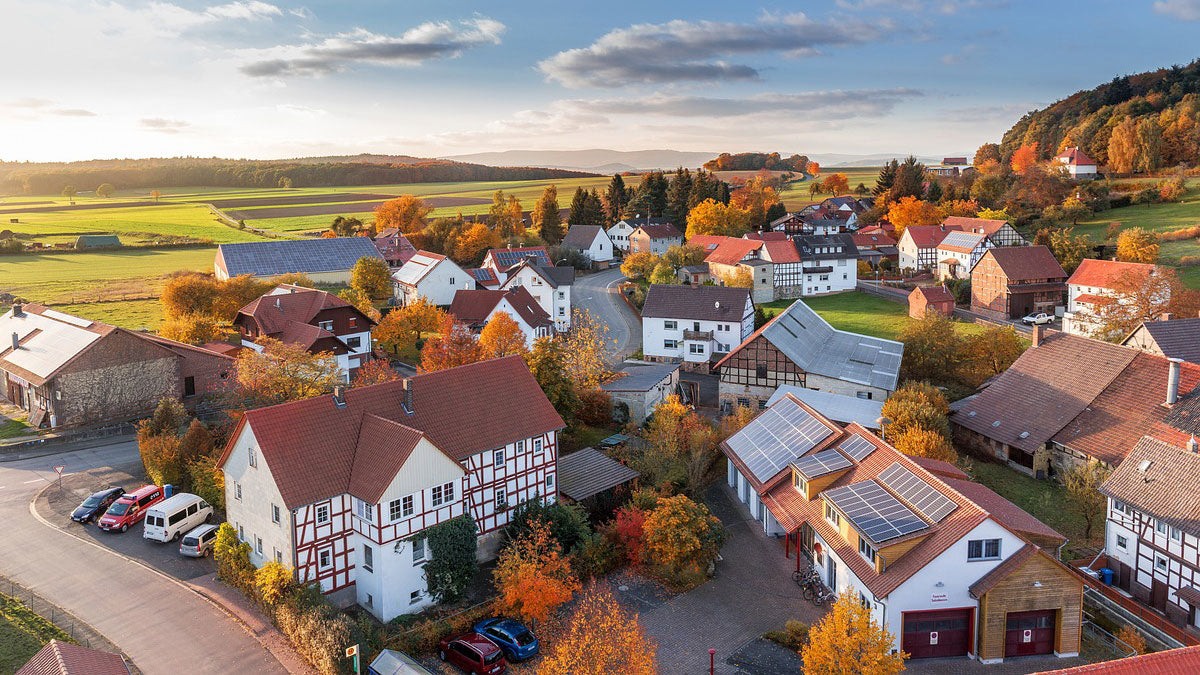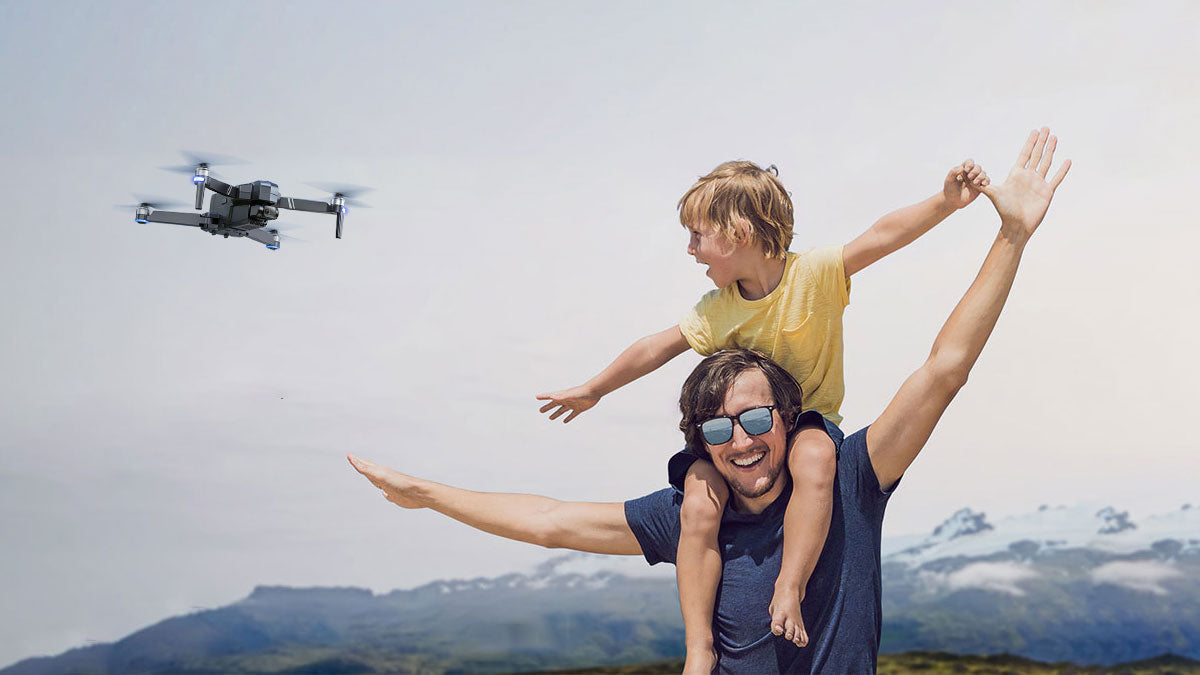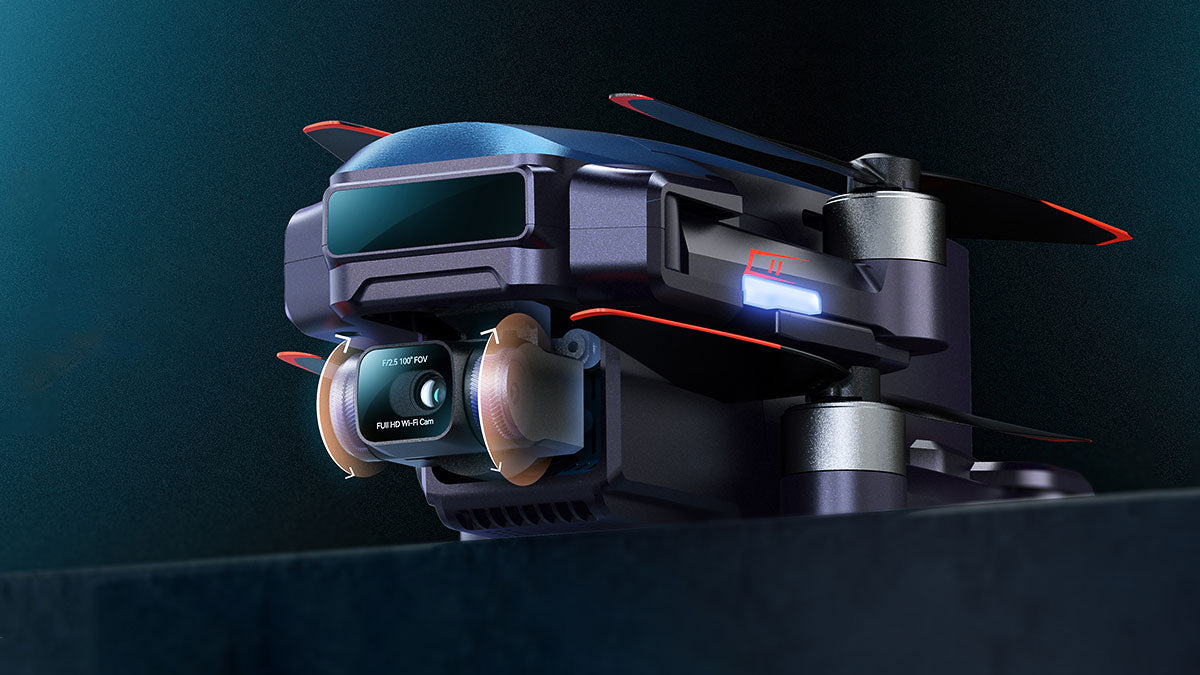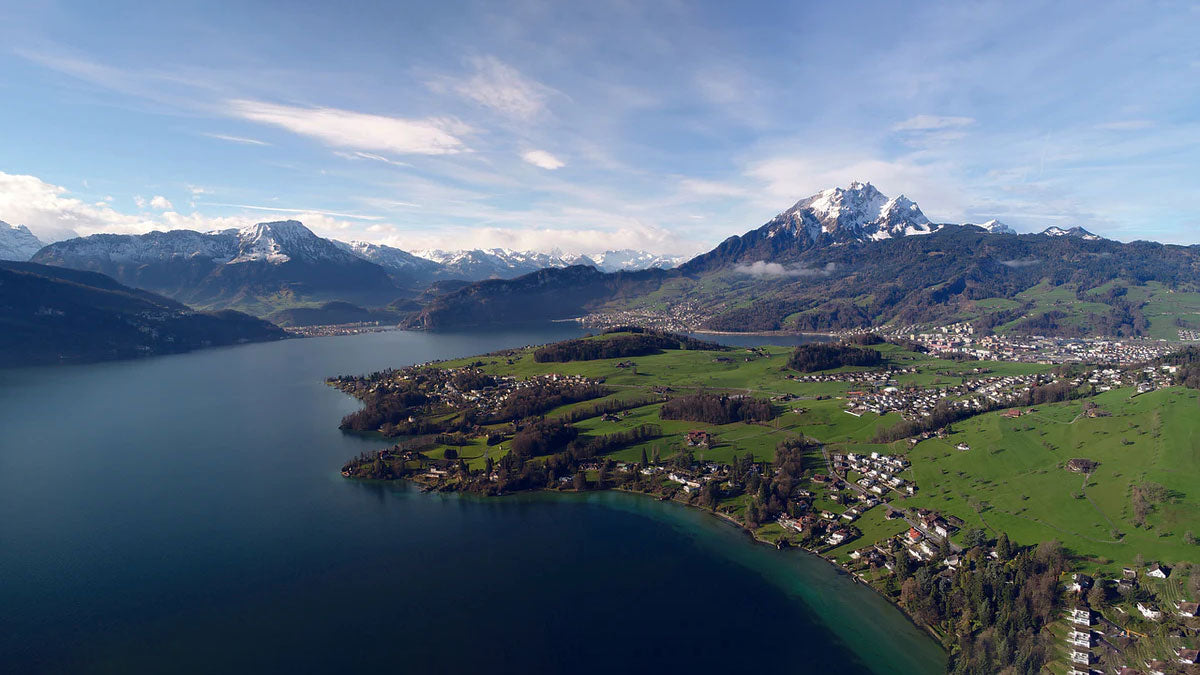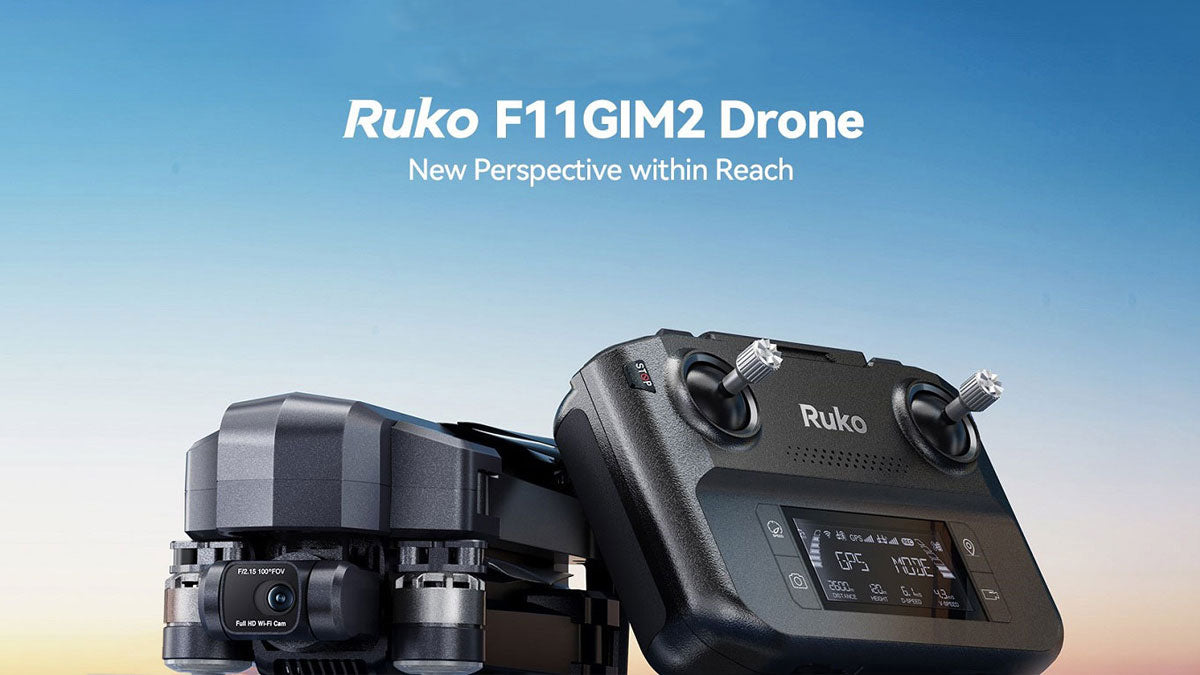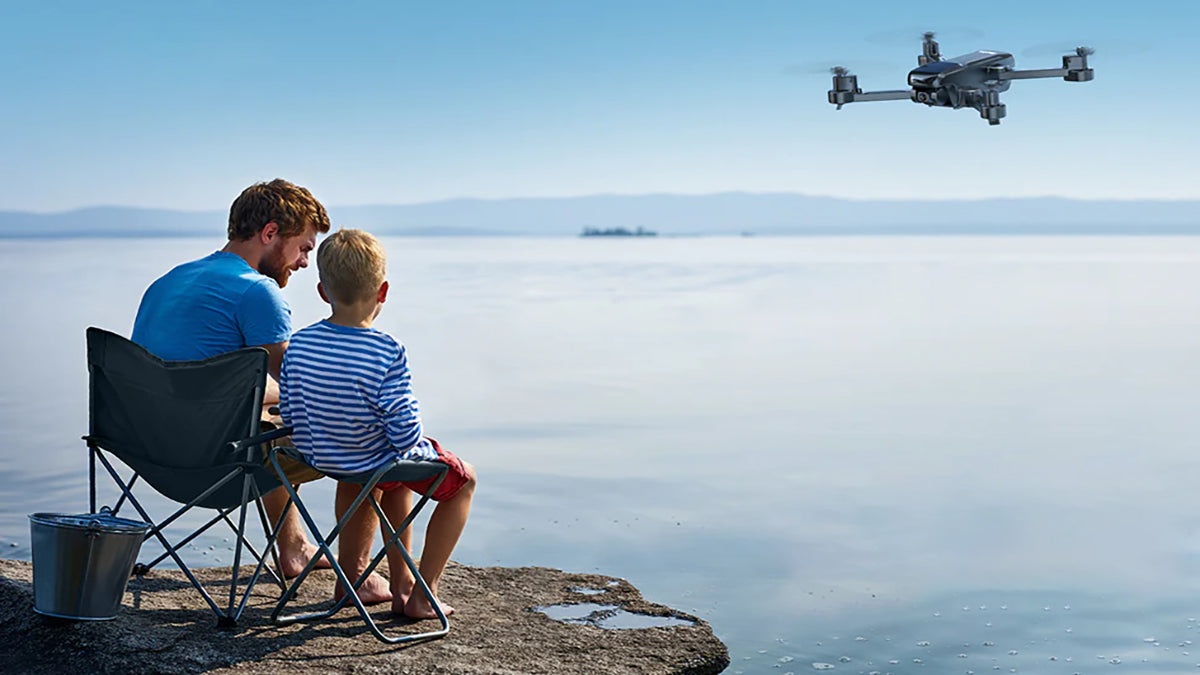Before you start flying your drone, it is crucial to choose your flying environment carefully. Here are some points and tips to consider when choosing a flying environment.
Places to Avoid Taking off From
1. Grassland and sand beach. Because the grassland and sand beach is usually uneven, the drone may not be able to maintain horizontal stability and may roll over; Additionally, the sands and stones may also damage the drone's motor. If taking off on grassland or sand beach, it is recommended to use a landing pad.
2. Sloping Roof. The drone cannot remain horizontally stable if taking off from a sloping roof.
3. Under a tree or the eaves. The branches and leaves of trees or the eaves may interfere with the drone's satellite search, and the drone may be likely to collide with the branches or eaves during takeoff.
4. Near buildings. During take-off, it may be likely to accidentally hit a building, and flying in a narrow space increases the difficulty of operation. Some buildings or factories containing a lot of electronic equipment may cause interference to the drone's compass.
5. Parking lots, magnetic fields, signal towers, etc. These places can easily affect the drone's compass, causing the drone not able to take off or lose control.
6. A wooden table top. The drone's vibrations can cause the tabletop to tremble and become unstable, which may lead to the drone losing horizontal stability.
The importance of choosing the right flying environment
1.Improper flight environment may cause interference to the drone’s signal and takeoff.
2. Improper environment selection may lead to operational difficulties.
3. Improper environment selection may cause the drone compass to become abnormal, resulting in loss of control.
4. Choose an open flight environment to make signal transmission smoother.
Flying Skills
1. In windy conditions, pay attention to the drone’s battery level. Appropriately lower the flying height of the drone to reduce the impact of strong winds.
2. The faster the drone flies, the better its wind resistance is.
3. It is recommended to fly the drone downwind when flying out, and fly upwind when flying back.
4. It is recommended to keep the drone higher than the surrounding buildings to avoid collisions during flight.
5. In order to improve the stability of the image transmission screen, it is recommended to point the remote control and mobile phone in the direction of the drone when flying the drone. If necessary, turn off VPN and turn on flight mode.
Summary
By carefully choosing the right flight environment, we can enhance the flight experience while ensuring the safety and stability of the drone, allowing us to maximize the fun of drone flying.
Stay updated with Ruko drone for more drone-related information.


